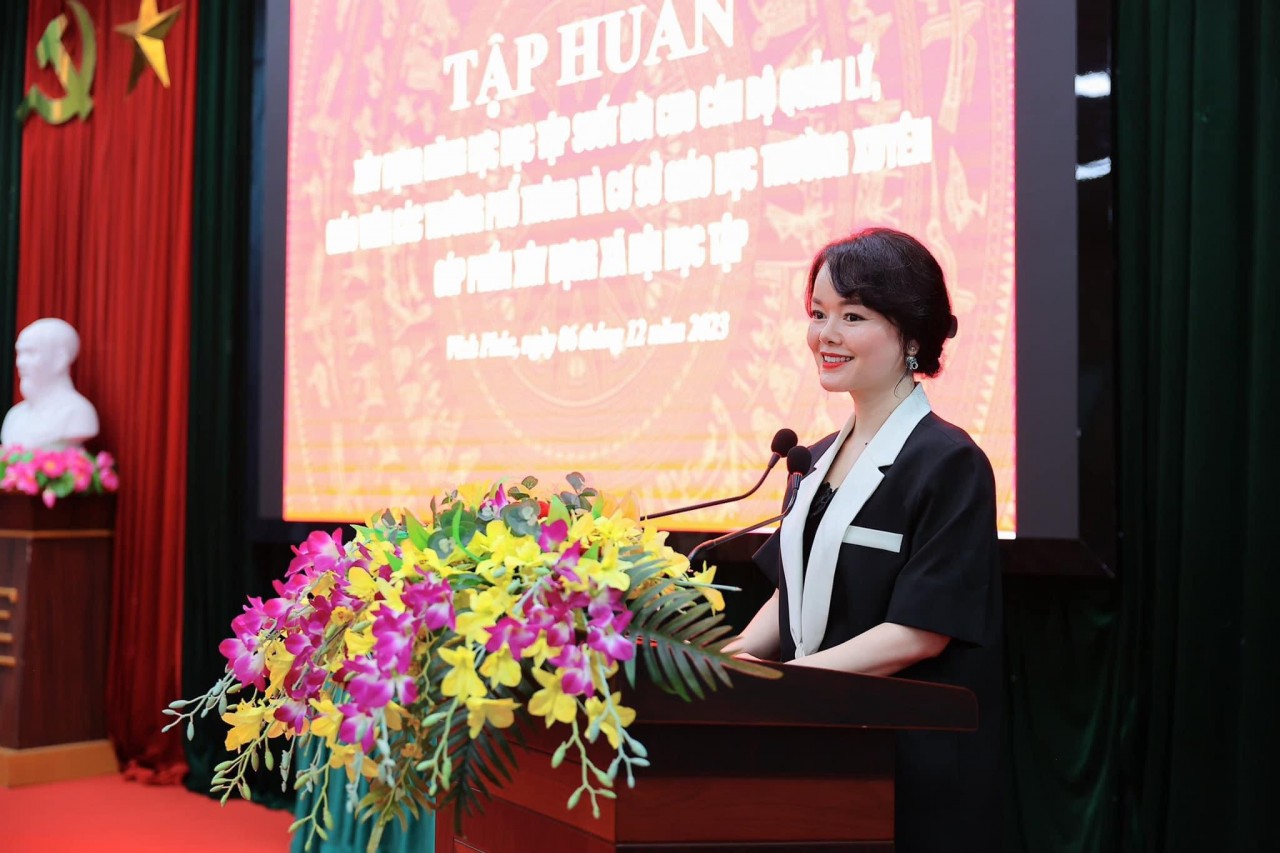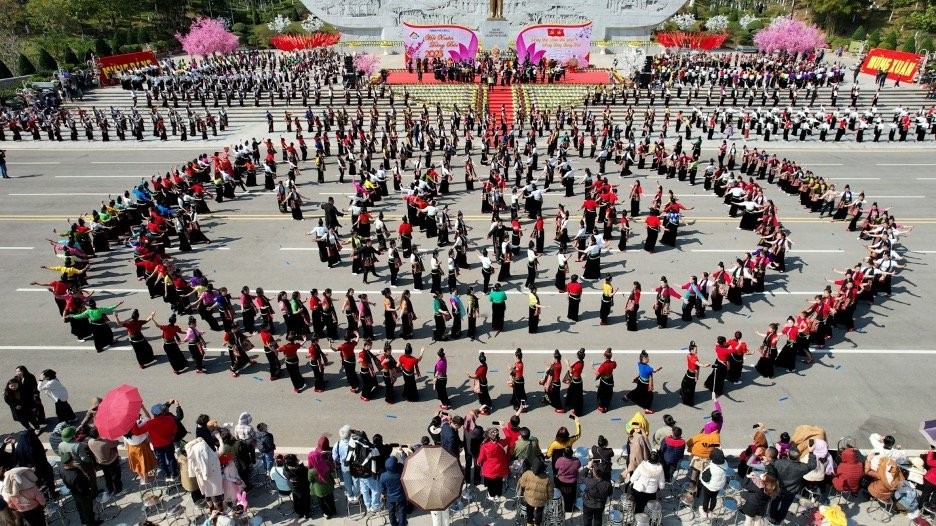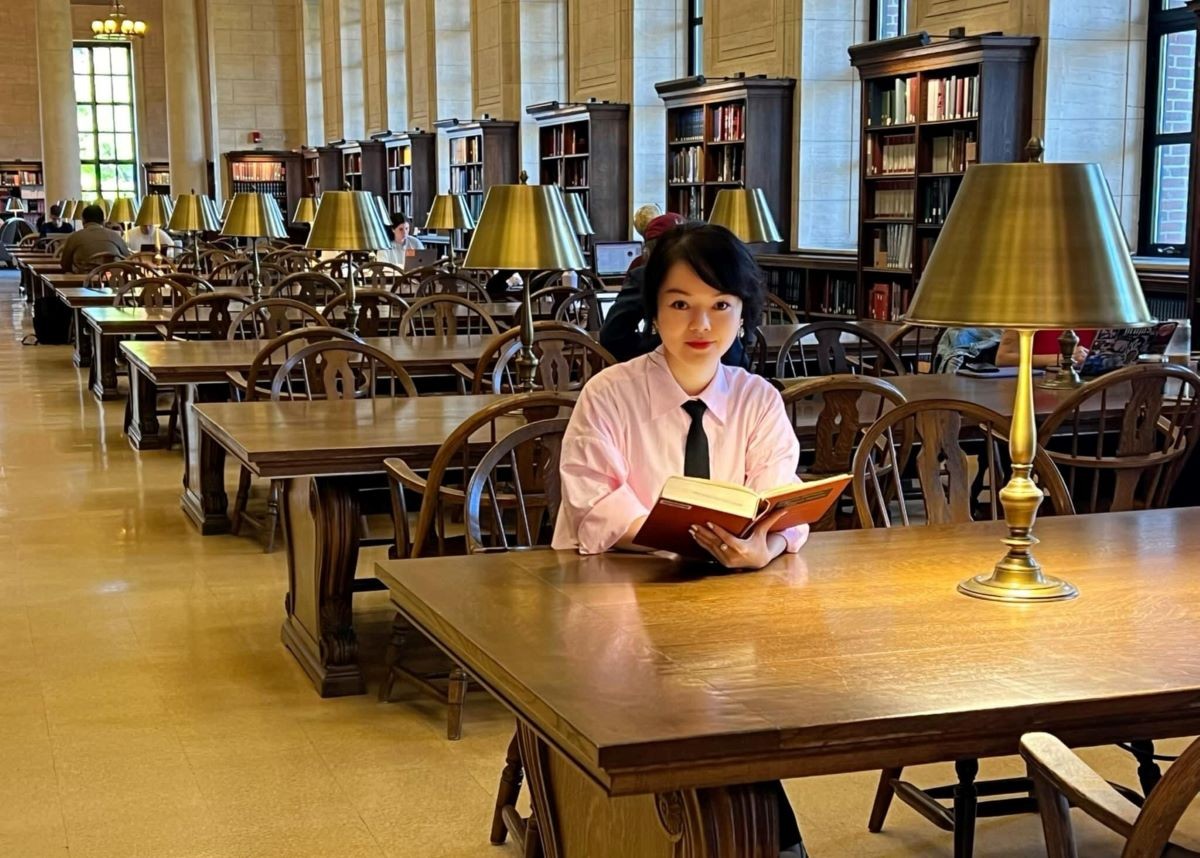
The rise of learning cities: A global phenomenon
Latest
 |
| Education expert Tong Lien Anh. |
On February 14, 2024, UNESCO officially welcomed Ho Chi Minh City and Son La City into its esteemed Global Network of Learning Cities (GNLC), a development that has sparked considerable interest among the public and policymakers alike. Do you think this underscores the growing significance of aspiring to attain global recognition as a learning city, a trend rapidly gaining momentum not only in Vietnam but also worldwide?
| According to Mr. Dao Quyen Truong, Deputy Director-General, Department of Cultural Diplomacy and UNESCO Affairs, Ministry of Foreign Affairs, Member and Secretary of the Vietnam UNESCO National Committee, this is the result of implementing the Cultural Diplomacy Strategy until 2030, contributing to the success of the Resolution of the 13th Party Congress, Resolution 22 of the Politburo on international integration and Directive 25 of the Secretariat on promoting and elevating multilateral foreign affairs until 2030. This is the result of determination, effort and close coordination in recent times of the People's Committee of Ho Chi Minh City and the People's Committee of Son La province with the Vietnam National Committee for UNESCO, Department of Cultural diplomacy and UNESCO - Ministry of Foreign Affairs, Permanent Representative of Vietnam to UNESCO, domestic and international experts, scientists and local people as well. |
Recent statistics undeniably highlight this trend. UNESCO, established in 2013 with 160 members by 2019, has witnessed a staggering increase to 356 members by 2024, indicating a doubling of the growth rate within a notably shortened period.
In Vietnam, there has been a remarkable surge in submissions to the Ministry of Foreign Affairs (through Vietnam National Commission for UNESCO) and the Ministry of Education and Training for GLNC membership. In 2023, Vietnamese cities surpassed UNESCO's maximum quota for each country, demonstrating a heightened interest and commitment to global learning city status.
Various factors contribute to this transformative shift, including the ongoing processes of urbanization and globalization. According to a United Nations report, the world is currently experiencing the largest urban growth wave in history, with over half of the global population residing in urban areas. By 2030, this figure is projected to swell to approximately 5 billion, with 90% of this urban expansion occurring in Asia and Africa. Vietnam is no exception to this global phenomenon.
In the era of the knowledge economy, the cultivation and enhancement of human capital are imperative for urban progress. Coupled with population size and infrastructure, cities emerge as pivotal focal points for advancing learning societies within nations. Consequently, the concept of a learning city has become a key objective in the governmental initiatives, such as Vietnam's “Building a Learning Society Project for the 2021-2030 Period” and a paramount priority for governments worldwide.
In practice, cities affiliated with dynamic networks like UNESCO GLNC can leverage multifaceted benefits amidst globalization. These benefits encompass the sharing of knowledge and experiences, the formulation of innovative solutions to address global challenges, the establishment of multilateral relationships, and the augmentation of international credibility and reputation. This strategic utilization of domestic and international resources enhances human potential, thereby elevating the quality of life for local communities.
Given these compelling reasons, I am confident that the trend of cities joining UNESCO GLNC will continue to gather momentum in the foreseeable future.
 |
| Ho Chi Minh City starts Lifelong learning week 2023. |
The inclusion of Ho Chi Minh City, a bustling metropolis and Son La City, a mountainous region grappling with socio-economic challenges, as global learning cities, prompts inquiries into UNESCO's selection criteria and process. As an esteemed expert with extensive experience collaborating with UNESCO and guiding these cities through the preparation and completion of their profiles, could you provide further insights on this matter?
To attain recognition as a member of UNESCO GLNC, candidates must undergo a rigorous, equitable, and transparent application process. Profiles undergo meticulous evaluation by an esteemed jury of experts appointed by UNESCO.
The council assesses adherence to the 42 criteria outlined in the UNESCO’s Key Features of Learning Cities and evaluates responses to approximately 20 questions in UNESCO's registration form. This rigorous scrutiny ensures that the city's commitment to promoting equitable and high-quality education, cultural diversity, and sustainable development aligns with UNESCO's standards.
UNESCO's selection process prioritizes a city's capacity to foster learning societies over factors such as scale or socio-economic conditions. Additionally, UNESCO values cities' endeavors to mobilize all available resources towards building learning cities, irrespective of their initial circumstances.
The diversity in scale, economic status and socio-cultural conditions between Ho Chi Minh City and Son La City offers invaluable opportunities for mutual learning and enrichment within UNESCO GNLC. Ho Chi Minh City can share insights and experiences in urban education and cultural development, while Son La City can impart invaluable lessons in ensuring educational equity and preserving traditional cultural values within a challenging environment, characterized by a diverse population comprising 12 ethnic groups, with ethnic minorities (such as Thai and Mong) constituting 55.7%. This unique contribution underscores Son La City's distinctive value within UNESCO GNLC.
A nuanced understanding of UNESCO's member selection process and criteria will empower Vietnamese cities, irrespective of geographical location or socio-economic circumstances, to approach profile preparation for network membership with confidence and accuracy in the future. This underscores the ethos of fairness, diversity, and inclusivity intrinsic to the network.
| Ambassador Nguyen Thi Van Anh, Permanent Representative of Vietnam to UNESCO, shared that this is good news at the beginning of spring in the Year of the Dragon for Vietnam, not only a source of pride but also international recognition for with the outstanding efforts of cities in promoting lifelong learning for all local people. This is also a step to specifically implement the policies, guidelines and policies of our Party and State on international integration, study promotion, talent promotion, building a learning society, improving the quality of education and human resources. |
 |
| Son La Learning City preserves and promotes traditional cultural beauties. |
You highlighted diversity as a pivotal aspect of UNESCO GNLC. Could you elaborate on the significance of this diversity within the context of contemporary globalization and integration?
Ms. Tong Lien Anh is an expert in the field of adult education and lifelong learning. She graduated with honors from the Master of Education Program, Monash University under a Full Scholarship from the Australian Government and was twice honored to be awarded a Fellowship for experts by UNESCO Institute for Lifelong Learning. She is an expert/advisor for various projects of organizations such as UNESCO, DVV International, SEAMEO CELLL. During 10 years working at the Ministry of Education and Training of Vietnam, she was in charge of projects and programs promoting lifelong learning, building a learning society in Vietnam. |
Diversity permeates various facets of UNESCO GNLC. Firstly, geographical diversity is evident, with the network comprising 356 cities from 79 countries across five continents and regions worldwide. This geographical mosaic enables the network to reflect a kaleidoscope of philosophies, styles, and educational needs on a global scale.
Moreover, diversity extends to population scale, structure, culture, language, and religion among member cities, enriching the network's fabric and serving as a wellspring for mutual learning and growth.
Furthermore, the participating cities exhibit significant disparities in infrastructure and socio-economic circumstances. Ranging from cities boasting modern infrastructure in developed nations such as France, Germany, Japan, and Republic of Korea, to those confronting economic, social, and security challenges in regions like Africa and the Middle East, all have the chance to join the Network. This diversity enables members to devise appropriate approaches and solutions tailored to their particular contexts and collaborate in tackling global issues.
The diversity inherent in UNESCO GNLC is a collective asset, fostering a resilient international community committed to cultural, educational, and economic advancement. In today's interconnected world, this diversity not only inspires but also acts as a catalyst for peace, sustainability, and global progress.
Thank you!














